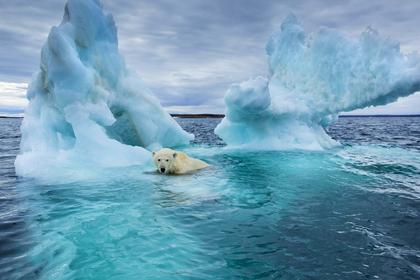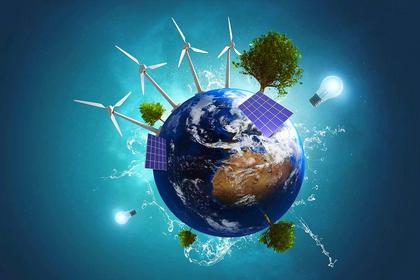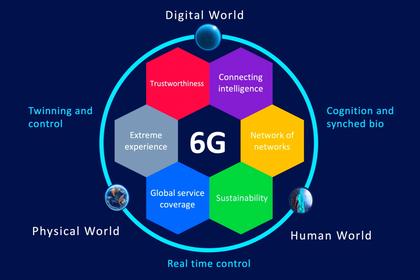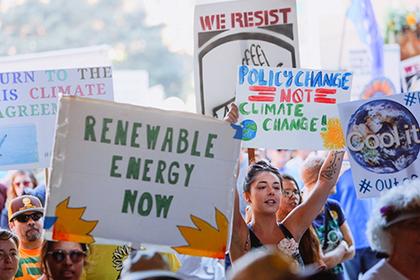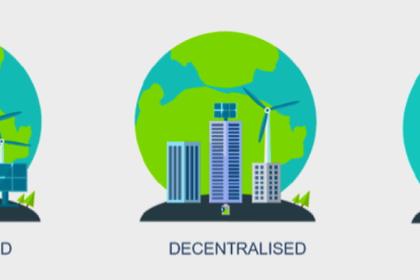
DIGITAL CLEAN ENERGY TRANSITION
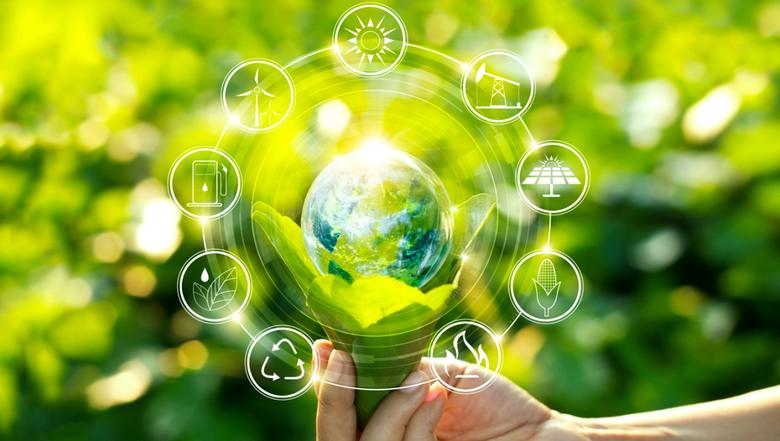
By SEAN MCEVOY SVP, AI Energy Solutions Veritone
ENERGYCENTRAL - Oct 13, 2022 - Intermittent renewable green energy sources, such as solar and wind, have presented new challenges to utilities managing their grids. With pressure from government entities and consumers who are becoming more attuned to their impact on the environment, utilities across the country are planning their strategy to reach net zero carbon status. However, achieving this means leaning more heavily on historically unreliable renewable energy sources.
Solar and wind, both by nature, are impacted by the weather of any given day. Overcast skies or days without wind present problems. These dips in energy generation complicate maintaining a grid, especially when these dips and surges in output create more complexity and unreliability from an energy management perspective. Adding another layer of complexity, homeowners and businesses will invest in their solar installations, adding more variables to an already complex balancing act.
Utilities have long relied on traditional software to forecast, plan, and formulate a strategy to manage their grid operations effectively. However, traditional software often falls short for two reasons. First, programming these applications is not only a manual process but lends itself to human bias, which can skew the analysis. In addition, this technology can’t effectively consider the real-time factors of weather, consumption, and more, putting utilities at a disadvantage as everything about their day-to-day operations becomes more complex.
Luckily, advancements in artificial intelligence have helped us keep pace with the computing power needed to solve this problem. For example, a noteworthy model that popularized deep learning in 2012 was outpaced by a new model in 2020—600,000 times more computing power, to be exact. The sheer capabilities humans now have at their fingertips with AI make intermittent renewable energy sources easier to incorporate into the grid by accounting for all the variables humans and traditional software can’t compute in the time required.
Taking human bias out of the equation and rapidly accelerating the result to near real-time efficiency allows utilities to assess weather patterns, historical consumption data, and power generation to plan and manage their grid adequately. As seen in the Texas winter last year, the grid buckled under the unprecedented demand for energy as record cold temperatures limited access to energy resources.
Real-time control over battery storage could have alleviated the pressure on the grid. While AI can help make renewable energy sources more viable, it can also help ensure that the battery infrastructure supporting these systems is fully optimized. Instead, most utilities find a stopgap solution, setting up manual schedules for their battery charging operations, but that only solves arbitrage. It doesn’t solve for dips in energy production when there’s a spike in demand.
We’ve seen interest in AI growing in this space, though an educational gap remains. There needs to be a more transparent understanding of how the technology makes operations less burdened by manual processes and stops gaps, transforming grid management into an ahead-of-the-curve practice rather than constantly reacting to disruptions.
With AI, utilities can forecast more accurately to predict how much actual power their installations will generate in any situation. This will enable them to obtain greater control to minimize ramp rates, voltages, and phases that impact the lifespan of equipment (among other things) and optimize battery storage performance based on real-time grid conditions. AI might seem like a nice-to-have, but it will be critical in making renewable energy resources more predictable as the world moves away from fossil fuels.
-----
This thought leadership article was originally shared with Energy Central's Digital Utility Community Group. The communities are a place where professionals in the power industry can share, learn and connect in a collaborative environment. Join the Digital Utility Community today and learn from others who work in the industry.
-----
Earlier:
